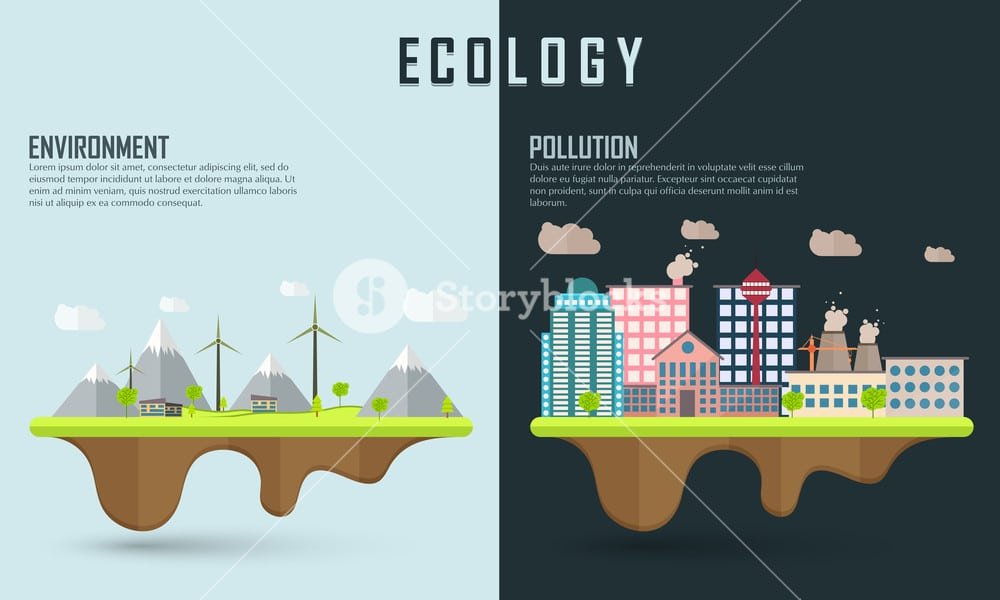Advantages and Disadvantages of Green Energy Utilization

Green energy utilization is rapidly gaining momentum as the world seeks sustainable solutions to combat climate change. With its numerous advantages, such as reduced carbon emissions and long-term cost savings, it has become a viable option for both individuals and businesses. However, like any other technology, green energy also has its fair share of disadvantages that need to be considered before widespread adoption.
In this article, you will discover the pros and cons of green energy utilization. You will learn how renewable sources like solar, wind, and hydropower can benefit the environment while also exploring the potential challenges and limitations. Let’s delve into these advantages and disadvantages to gain a comprehensive understanding of green energy utilization.
The Pinnacle of Clean Energy Innovation
Advantage: Embracing Environmental Friendliness
One of the most alluring facets of green energy is its inherent cleanliness. In stark contrast to conventional energy sources, green energy solutions stand as champions in the battle against atmospheric pollution. These sustainable alternatives produce noxious emissions, sparing our planet from further environmental degradation and securing a healthier future for generations to come.
Advantage: The Elegance of Renewability
Green energy sources derive their power from their unending renewability. In sharp contrast to the finite reservoirs of fossil fuels, the sun’s radiance, the wind’s force, water’s flow, and even the Earth’s latent heat serve as eternally abundant reservoirs. This inherent renewability not only propels us toward a more sustainable future but guarantees energy security, shielding us from the volatile shifts in fossil fuel availability.
Unveiling Socioeconomic Impacts
Advantage: Cost-Effective Maintenance
While the initial capital investment in green energy infrastructure may raise eyebrows, the lifecycle economics tilt in favor of these alternatives. Green energy systems require minimal maintenance compared to their conventional counterparts. This operational efficiency leads to significant cost savings in the long run, presenting a prudent choice that maintains stable energy prices.
Advantage: Catalyzing Economic Growth and Elevating Tourism
A ripple effect of green energy adoption extends into local economies. Communities that embrace renewable energy projects often witness a surge in economic activity. The creation of jobs becomes an organic outcome, encompassing diverse roles from construction to operation and maintenance. Additionally, the allure of eco-conscious practices and environmentally harmonious locales can foster tourism, further enriching the economic fabric.
Negotiating Inherent Challenges
Disadvantage: The Flux of Energy Generation
However promising green energy may be, it remains susceptible to the whims of nature. Solar power’s efficacy, for instance, hinges on sunlight availability, which fluctuates based on weather patterns and geographical positioning. Similarly, the viability of wind energy relies on the consistency of wind currents, an aspect that does not always align with energy demands. This intermittency poses a multifaceted challenge to ensure a steadfast energy supply.
Disadvantage: Spatial Constraints and Land Utilization
Among the challenges posed by green energy solutions like wind and solar power, none loom larger than spatial requirements. Wind farms and expansive solar arrays demand substantial tracts of land. This predicament raises concerns of encroaching upon fertile farmland and pristine natural habitats. Balancing the imperative of energy generation with environmental preservation remains a delicate and intricate task.
Tailored Approaches for Maximizing Gains
Adaptation: Conquering Spatial Barriers
Ingenious strategies are pivotal to surmounting the spatial limitations of green energy solutions. For instance, the concept of offshore wind farms stands as a testament to human innovation. By moving wind turbines into coastal waters, two objectives are elegantly met: land usage is minimized, and the potential for capturing stronger, more consistent winds is maximized, resulting in optimal electricity generation.
Adaptation: Crafting a Palette of Diverse Green Energy Assets
The versatility of the green energy spectrum is a trump card against limitations. While certain locales might not be amenable to specific green energy forms, a holistic approach paves the way for comprehensive energy portfolios. Regions that lack solar exposure may find solace in geothermal energy or the kinetic potential of tidal power. A judicious blend of green energy sources curtails vulnerability to the vagaries of a single source.
Embracing Progress and Envisioning Possibilities
To encapsulate, green energy embodies both aspiration and challenge. The advantages of environmental safeguarding, perpetual renewability, and socioeconomic prosperity forge a compelling narrative for its widespread embrace. Nevertheless, the ebb and flow of energy generation and the conundrum of spatial needs underscore the need for relentless innovation and adaptability within the green energy arena.
Rather than perceiving challenges as insurmountable roadblocks, both the energy sector and society stand to benefit from a paradigm shift. Continuous research and development stand as pillars for refining existing technologies and uncovering uncharted green energy frontiers. By recognizing the latent potential of green energy and addressing its limitations with steadfast determination, we pave an uncharted path toward a future that is both sustainable and prosperous.


